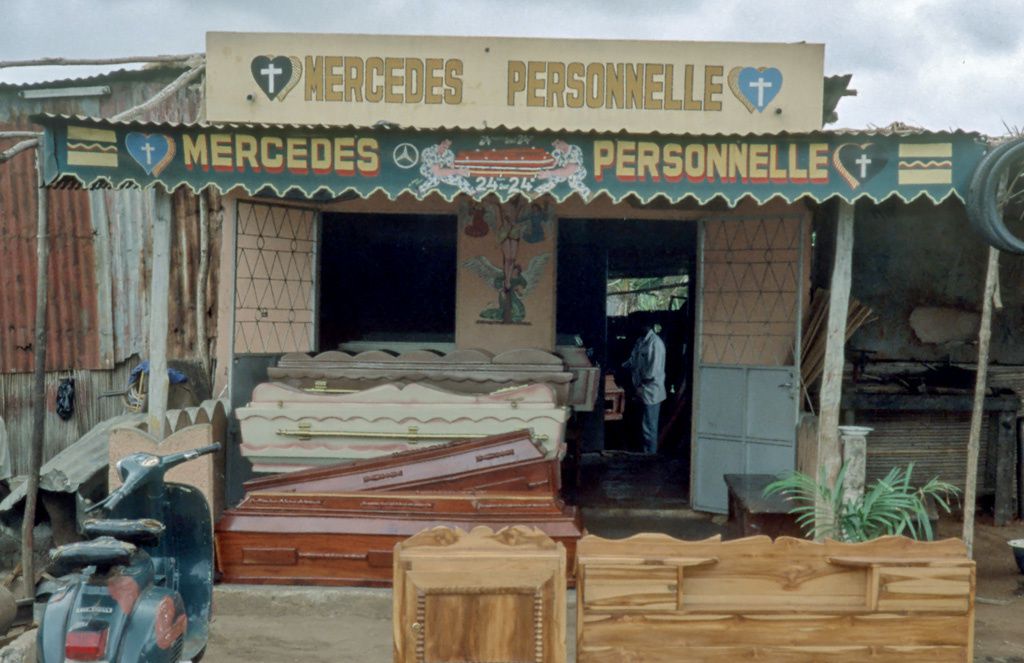
Earlier this month, first responders in China used drones to determine the hardest-hit areas following a massive earthquake that killed more than 600 people, in one of the first displays of how drones can be used during emergency situations.
One of the great promises of drones is the technology's inherent ability to be flown above a disaster site, giving first responders a survey of the situation and allowing them to direct where to send aid to. But, until now, that's been more of a theoretical benefit of drones—very few people have actually used them in the immediate aftermath of a disaster. Take, for instance, the aftermath of Typhoon Haiyan last year in the Philippines: Tons of search and rescue helicopters, but not a single drone, searched for survivors.
Well, after an earthquake hit Yunnan, China, earlier this month, rescue workers there called up Hong Kong's DJI (the largest commercial drone manufacturer in the world), and asked its pilots for help.
"We sent a team of pilots to assist the China Association for Disaster and Emergency Response Medicine following the earthquake. This was the first time [the country] used [drones] in its relief efforts and as a result many of the cooperating agencies and bodies working on site have approached us for training / using UAS technology in the future," Michael Perry, a spokesperson for the company, told me in an email.
Perry said that the drones were able to relay images back to rescue workers, who used them to determine which roads needed to be cleared first and which areas of the rubble to search for possible survivors.
"Aerial images captured by the team were used by workers in the epicenter area of Longtoushan, where most of the traditional buildings in the area collapsed," the company said. "The dense rubble and vegetation have made ground surveying extremely difficult, so using aerial images has helped identify where relief teams can focus on searching for survivors."
It's not clear if the drones directly helped save any lives (and granted, everything we know about the aerial imaging effort in this case is coming from the company itself), but this is clearly the future of disaster relief.
Drones are cheap, can be flown close to the ground, and are safer to use than helicopters. It's only a matter of time until the very first response by first responders is to toss a drone in the air to get a survey of the situation. After that, they just might toss a drone in the air to help deliver medicine and supplies.
Tuesday 19 August 2014
http://motherboard.vice.com/read/what-chinas-drone-led-search-for-earthquake-survivors-looks-like




